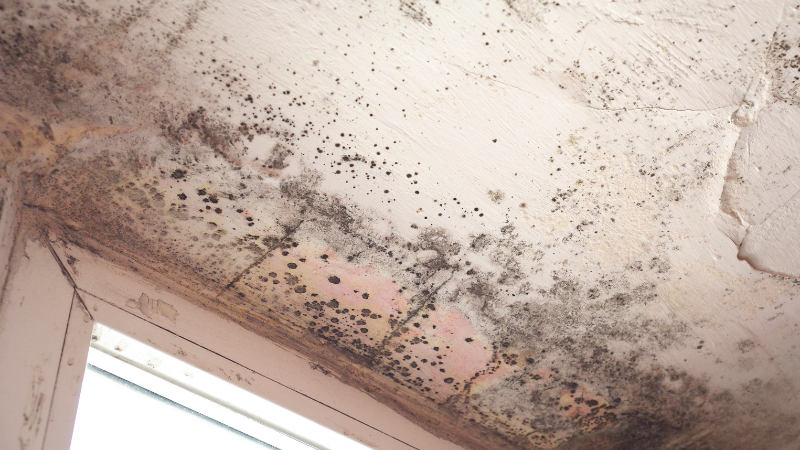Health Risks of Asbestos Exposure
Asbestos is a group of natural minerals that have been widely used in various industries for their...
By: Element Remediation on May 11, 2023 3:35:36 PM

Mold is a type of fungus that grows in damp and humid environments, such as bathrooms, basements, attics, and crawl spaces. Mold can cause various health problems for people who are exposed to it, especially those who have allergies, asthma, or weakened immune systems. Some of the common symptoms of mold exposure include sneezing, coughing, wheezing, nasal congestion, sore throat, eye irritation, skin rash, and headache. In some cases, mold can also produce toxic substances called mycotoxins, which can have serious effects on the nervous system, respiratory system, liver, and kidneys.
Untreated mold can pose a significant health hazard for people who live or work in buildings that are infested with it. Mold can spread quickly and contaminate the air quality, furniture, carpets, walls, ceilings, and insulation. If mold is not removed promptly and properly, it can cause structural damage to the building and increase the risk of fire and electrical hazards. Moreover, mold can reduce the value of the property and make it difficult to sell or rent.
Therefore, it is important to prevent mold growth by keeping the indoor environment dry and well-ventilated. If mold is detected, it should be cleaned up as soon as possible by a professional mold remediation service. Mold remediation involves identifying the source of moisture, removing the moldy materials, cleaning and disinfecting the affected areas, and restoring the indoor air quality. Mold remediation can protect the health of the occupants and the integrity of the building.
Asbestos is a group of natural minerals that have been widely used in various industries for their...
Fire is one of the most common and devastating hazards in the home. It can cause injuries, deaths,...
Hurricane season can be a stressful time for homeowners, especially if they live in areas prone to...